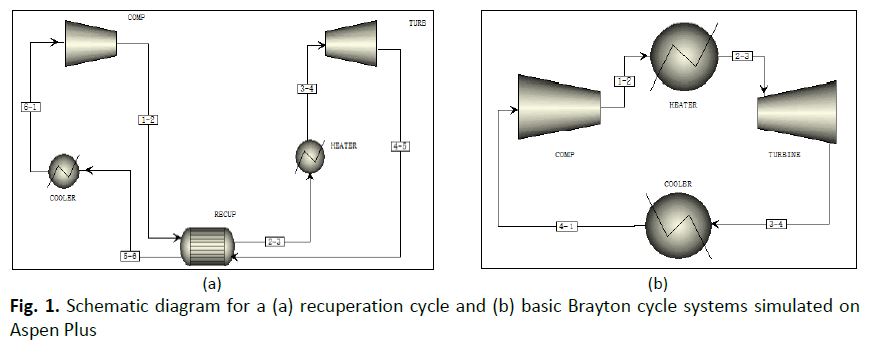Analysis of Recuperation Supercritical Carbon Dioxide Cycle for Heat Recovery of an Aircraft Engine
DOI:
https://doi.org/10.37934/arfmts.96.2.19Keywords:
Aircraft engine, recuperation cycle, waste heat recovery, supercritical carbon dioxideAbstract
Reducing fuel consumption and maximizing thrust power are both critical factors for aircraft engine. Various technologies have been discovered and developed to achieve these goals. One of them is perhaps by integrating a waste heat recovery system to the engine. Therefore, this study will focus on waste heat recovery technology for aircraft engine, by applying a recuperation-supercritical carbon dioxide cycle in order to reduce jet engines’ fuel consumption and minimizing fuel expenses. The analysis will be conducted by modeling and simulation using Aspen Plus software. A quantitative analysis is done in order to compare the new modified recuperation cycle with the conventional basic Brayton- cycle in terms of their performance. The results stated that for both thermal efficiency and network done, recuperation- cycle performs much better with 42.46% of efficiency and network done at 2197.67 kW, than basic Brayton cycle at only 18.53 % of thermal efficiency and 2555.84 kW of network done. When integrating both cycles to aircraft engine, each of the cycle exhibits greater Thrust Specific Fuel Consumption (TSFC) savings, with up to 13.91 % and improved value of 1.7474 kg/s/kN for basic Brayton- cycle, and savings of 7.06 % and improved value of 1.8865 kg/s/kN for recuperation- cycle.
Downloads
































